Closing the Gap in Remodeling

Turning a Losing Game Into One Where Everyone Wins
This is inspired by Dave’s research and drafts of his upcoming book about the rebirth of the architect in the design-build model.
The purpose of this blog is to isolate the gap that exists between creating a win-win proposition in remodeling and the present no-win situation that seems to be prevalent in our industry.

First let’s start with the ideal scenario in any personal or business relationship: connection or engagement. In the ideal scenario, all parties involved feel like they benefited and got more in return from the project than they put into it. In remodeling, this means that the consumer not only gets an amazing end product and incredible customer service along the way, but that they believe they got more value in return than they expended monetarily. For the firm that did the remodel and provided excellent service, there will be good will, full compensation to pay for all its expenses, and a profit to provide to the shareholders of the company.
Lets look at this ideal scenario in contrast to the existing scene in the remodeling industry today.
The construction and home improvement industry as a whole ranks second in the most number of consumer complaints by the North America Consumer Protection Investigators. I am not purporting that this is indicative for the majority of all remodeling projects, but it does have relevance. “Shoddy work” and “failure to start or complete the job” are listed as the chief complaints. So there are definitely homeowners out there who are not having a great experience or who are feeling like they got back less than they invested into their project.
As far as remodeling companies go, 9 out of 10 of these companies go out of business before their tenth anniversary. So, it’s clear that there is something going on when remodelers are unable to generate the bare minimum of revenue needed to stay in business. If a company is not healthy and producing a profit, its value will drop, and it will eventually fail.
What happens when these companies fail, and their customers are left disappointed and dissatisfied? One thing might be that cynical consumers look to grind remodelers to ensure that they don’t end up being among the statistics of dissatisfied customers. For the remodeler, it might be the feeling that there are just too many barriers or too much competition. They’ll try to figure out a way to do more with less money, and they’ll cut corners just to survive. These reactions on both sides add fuel to the fire and contribute to the current perception of the industry as a failing one. These reactions create a vicious cycle that pulls everybody down.
So how do we get to that higher ground where everyone wins?
![]()
No client will ever complain that they didn’t pay enough for their project or that underpaying is the cause of their project not going well or worse be one of the clients whose remodeler goes out of business.
We—as the remodelers—are delivering the service and the product to the client: Everything starts with us. We need to have ethics, integrity, and the intention to deliver a great space and a great experience to our clients. The vast majority of us do just this, but I have seen the most well-intentioned individuals go down in blazes because they had rigid and erroneous ideas of what they should or could charge for their work.
So where and why are we falling short? From personal experience and interaction with dozens of other colleagues from NARI, it is the lack of know-how on what to charge. As simple as it seems, the truth is: remodelers don’t know their true direct and indirect costs, and, therefore, don’t know what to charge. It’s just simple math, and the link to Shawn McCadden’s blog above is a great resource for this information.
If remodelers have the integrity and know-how about what to charge, then it is their job to educate the consumer on the true costs of getting high-quality work delivered on time. If we can turn every customer into a raving fan, clients will be happy to allow the remodeler to make a good return; we won’t just stay in business, but we will grow and widen our sphere of delivery. This is a game where everyone wins.
Beginning to educate the remodeling consumer will be the subject of my next blog. Sign up below to get an email when it is posted.
NEDC is committed to Lifiting Spirts with Spaces and wants to do that in the widest sphere possible. Find NEDCs client satisfaction ratings here.
 David Supple is the owner and CEO of New England Design and Construction. He is currently working on writing a book about his experiences and thoughts in the design and construction industry. David is a graduate of Tufts University with a degree in architecture. In California, he trained as an architect for three years, designing, directing, and managing 50- 100,00 square foot renovations. He founded New England Design & Construction in 2005 and became incorporated in 2006, and rapidly expanded the company to servicing the Greater Boston Area. He is an aspiring comedian but currently he only practices with his wife.
David Supple is the owner and CEO of New England Design and Construction. He is currently working on writing a book about his experiences and thoughts in the design and construction industry. David is a graduate of Tufts University with a degree in architecture. In California, he trained as an architect for three years, designing, directing, and managing 50- 100,00 square foot renovations. He founded New England Design & Construction in 2005 and became incorporated in 2006, and rapidly expanded the company to servicing the Greater Boston Area. He is an aspiring comedian but currently he only practices with his wife.
